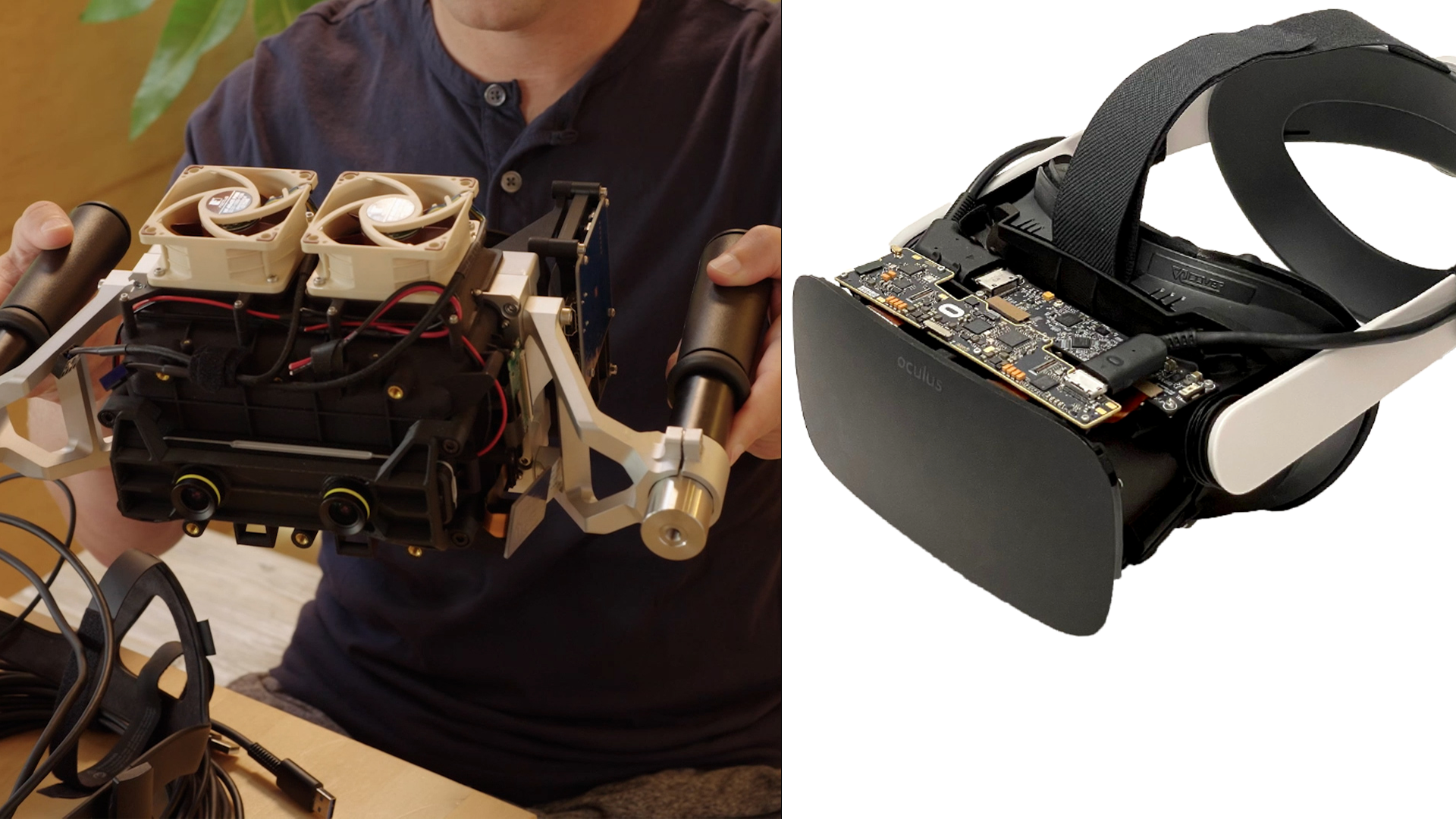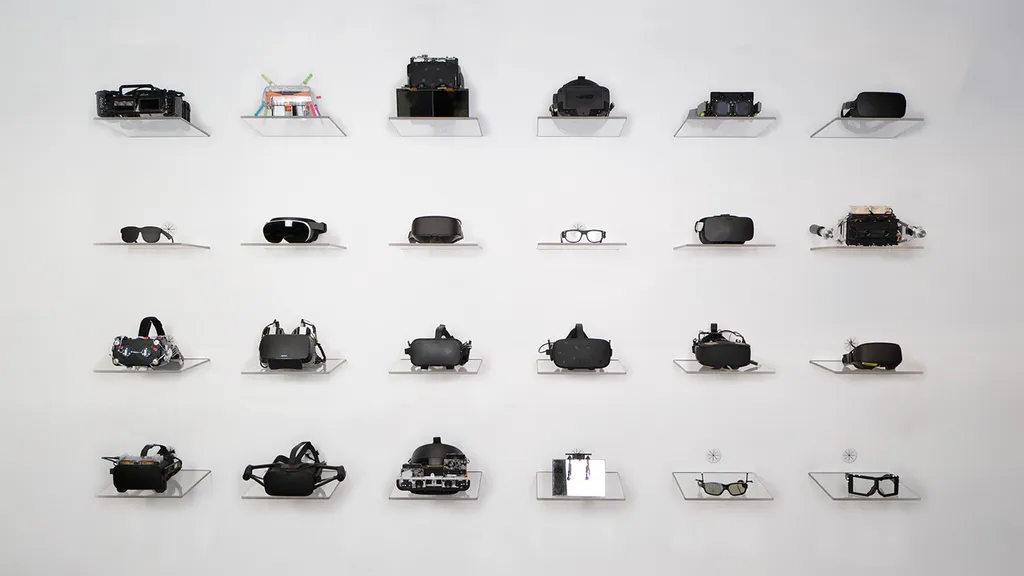Meta’s leaders aim to make VR headsets so advanced people wearing them can’t tell “whether what they’re looking at is real or virtual.”
That’s a comment from Meta’s Chief Scientist Michael Abrash, who recently joined CEO Mark Zuckerberg and some of the company’s top researchers for a video briefing with journalists. Led by Zuckerberg, the researchers detailed a series of prototypes developed over the last half decade while making clear the aim is to eventually pass what they call the “Visual Turing Test.”
The test is a reference to the famous idea conceived by mathematician and computer scientist Alan Turing in 1950 to see whether someone could reliably distinguish between a human or machine in a text-based conversation. The Visual Turing Test “evaluates whether what’s displayed in a VR headset can be distinguished from the real world,” Abrash said. “It’s a subjective test and that’s appropriate because what’s important here is the human experience rather than technical metrics. And it’s a test that no VR technology can pass today.”
Meta representatives detailed the range of prototypes and research equipment built to prove out various concepts that would advance the state of the art in VR headset optics, as well as a new ultra compact headset design called Mirror Lake. Current VR headset designs can create a powerful sense of presence by convincing your brain you are actually in another place, but constraints in resolution, fixed focus, field of view, dynamic range and even the weight of the headset itself remain constant reminders the visual reality you see in a headset isn’t actually real.
For addressing resolution, Meta revealed Butterscotch with “near retinal resolution” and a “new hybrid lens system that would fully resolve higher resolution” at roughly half the field of view of Quest 2. For high dynamic range, the company built the bulky Starburst prototype (shown at left in the image below) as the company’s first HDR VR headset.

Mirror Lake was described as “one of several potential pathways” to Meta passing the visual Turing test. Douglas Lanman, director of display systems research at Meta, introduced the “goggles-like VR headset” which integrates “nearly everything our team has incubated to date,” like varifocal optics, holographic pancake lenses and even reverse passthrough, though Mirror Lake is described as “only a concept” with no “fully functional headset yet built.”
“If it does pan out…it will be game changer for the VR visual experience,” Abrash said.

“Our team is certain that passing the visual Turing test is our destination and that nothing in physics appears to prevent us from getting there,” Lanman said. “We remain fully committed to finding a practical path to a truly visually realistic metaverse.”
Article updated about two hours after publication with additional details.























